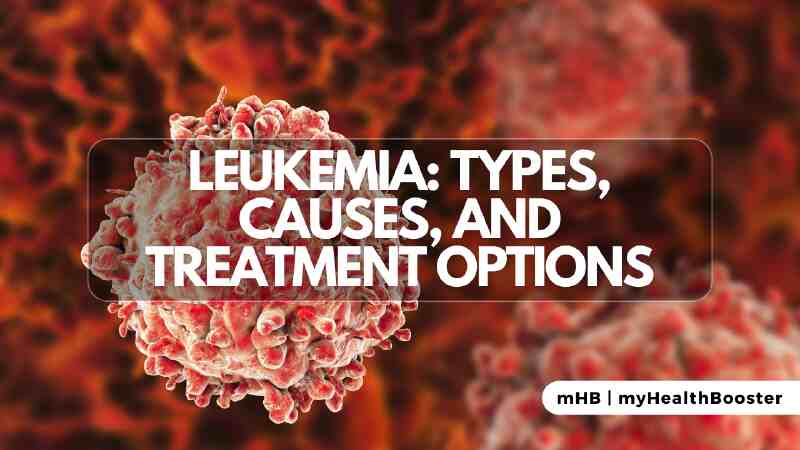Leukemia Overview
Leukemia, a form of blood cancer, originates in the bone marrow, leading to the production of abnormal blood cells. The abnormal white blood cells, responsible for infection defense, do not function normally, hindering the body’s ability to fight infections, control bleeding, and transport oxygen. There are various types of leukemia, categorized by the speed of development and the type of abnormal cells produced.
Types of Leukemia
- Acute Lymphocytic Leukemia (ALL): Common in children, this involves rapid growth of immature lymphoid cells.
- Acute Myeloid Leukemia (AML): Affects both adults and children, characterized by the rapid growth of myeloid cells.
- Chronic Lymphocytic Leukemia (CLL): A slow-growing cancer of lymphoid cells typically seen in individuals over 55.
- Chronic Myeloid Leukemia (CML): Primarily affecting adults, it is a chronic myeloproliferative disorder.
- Less Common Types: Include Hairy Cell Leukemia, Chronic Myelomonocytic Leukemia (CMML), Juvenile Myelomonocytic Leukemia (JMML), Large Granular Lymphocytic Leukemia (LGL), and Acute Promyelocytic Leukemia (APL).
Causes and Risk Factors
The exact cause of leukemia is unknown but is thought to result from a combination of genetic and environmental factors. Genetic mutations, such as chromosome translocations, play a role. Certain conditions like Li-Fraumeni syndrome, Down syndrome, and exposure to radiation, chemicals, or smoking increase the risk.
Symptoms of Leukemia
Symptoms vary based on leukemia type but may include fevers, night sweats, fatigue, bleeding, joint pain, and organ enlargement. Diagnosis involves medical history, physical exams, blood tests, and bone marrow samples.
Treatment Options
- Chemotherapy: Administration of drugs to kill rapidly dividing cells, often in cycles.
- Biological Therapy: Uses living organisms or their substances to stimulate the immune system against cancer.
- Targeted Therapy: Interferes with specific cancer cell properties, causing less damage to normal cells.
- Radiation Therapy: Uses high-energy radiation to target cancer cells, often for leukemia affecting the brain or spleen.
- Stem Cell Transplant: Involves high-dose chemotherapy and/or radiation followed by stem cell infusion.
- CAR T-cell Treatment: A new therapy using re-engineered T lymphocytes to attack leukemia cells.
Supportive Treatments
Vaccines, blood transfusions, anti-nausea medications, and growth factors can manage side effects.
Complications and Prognosis
Complications include infections, bleeding, GVHD in stem cell transplants, weight loss, anemia, and relapses. Prognosis varies by leukemia type; modern treatments have significantly improved survival rates.
Prevention
Preventing leukemia is challenging, but minimizing exposure to risk factors like radiation and benzene may help.
Research and Support
Ongoing research explores risk factors, causes, and new treatments through clinical trials. Support groups like the Leukemia and Lymphoma Society offer resources for patients and families.
For more information, individuals can explore resources from hospitals, health systems, and organizations like the National Cancer Institute.
